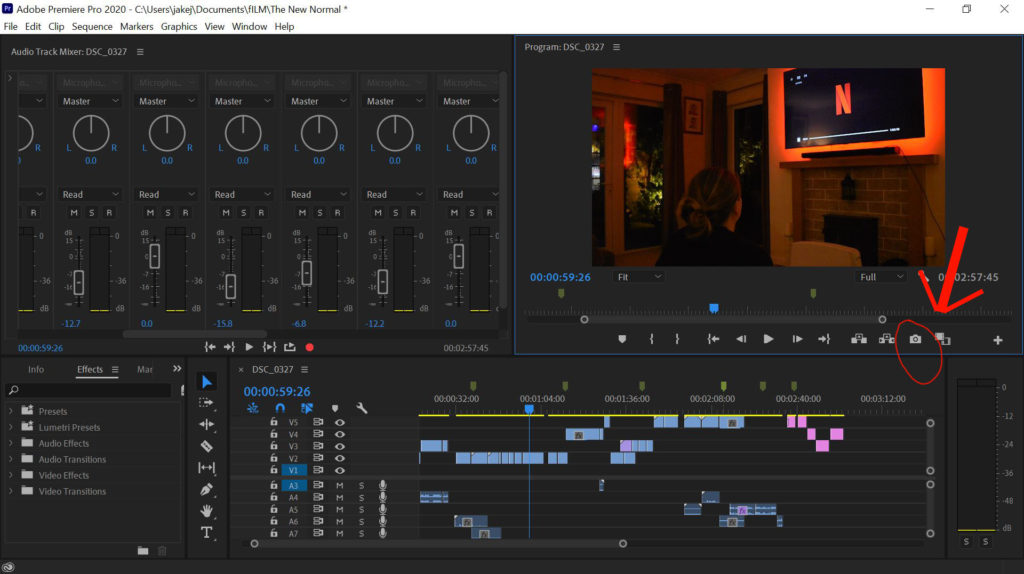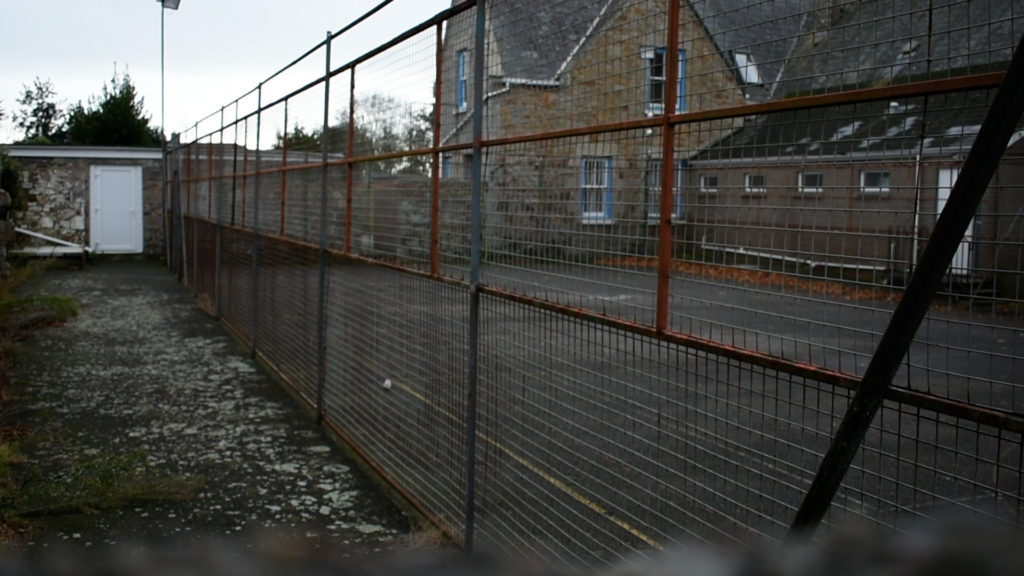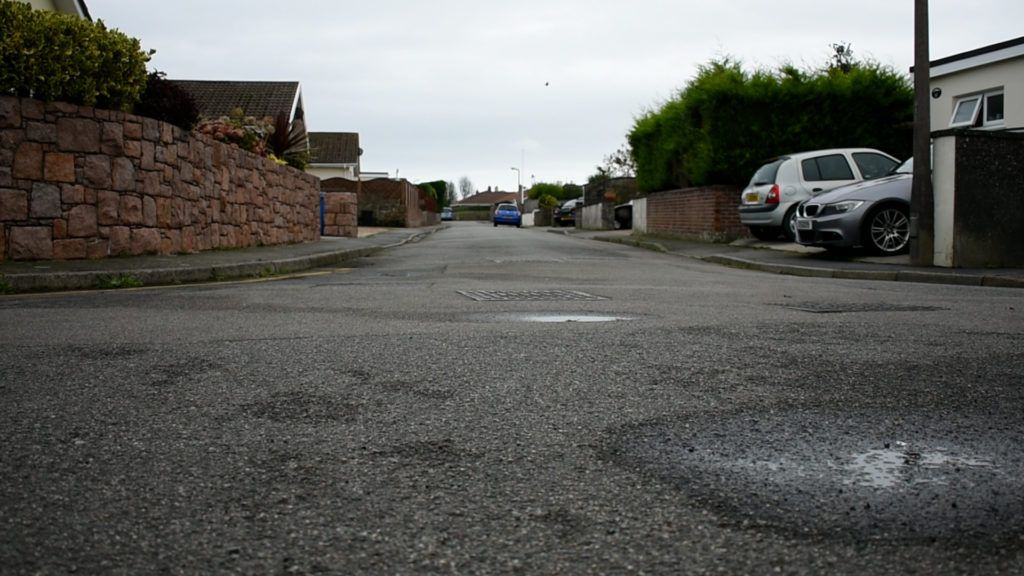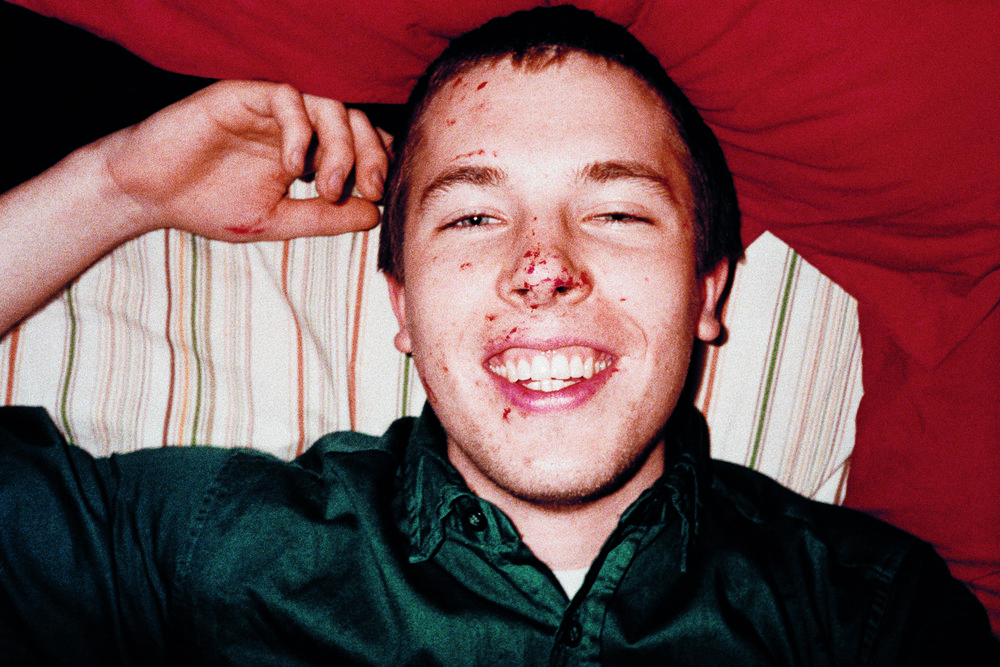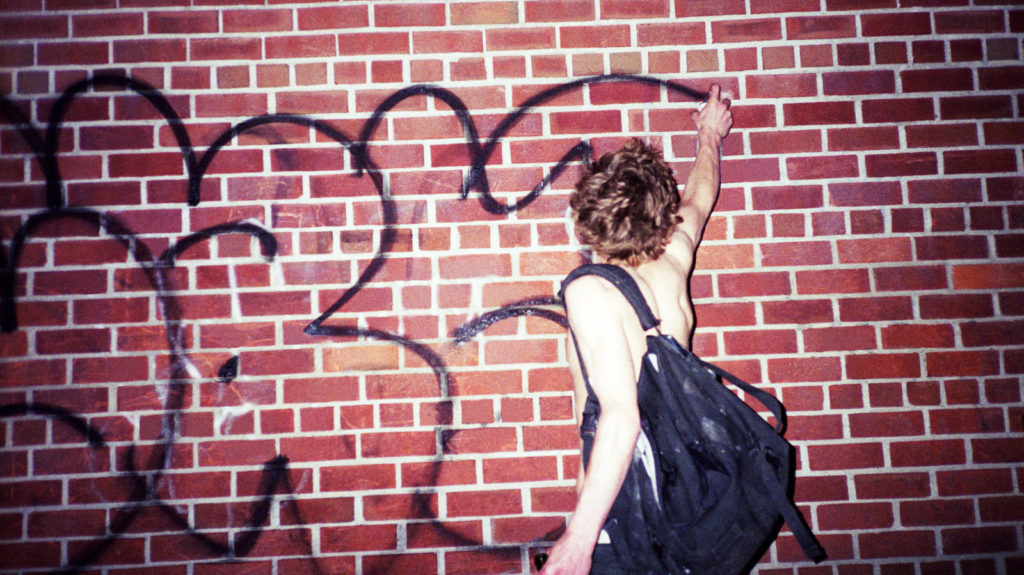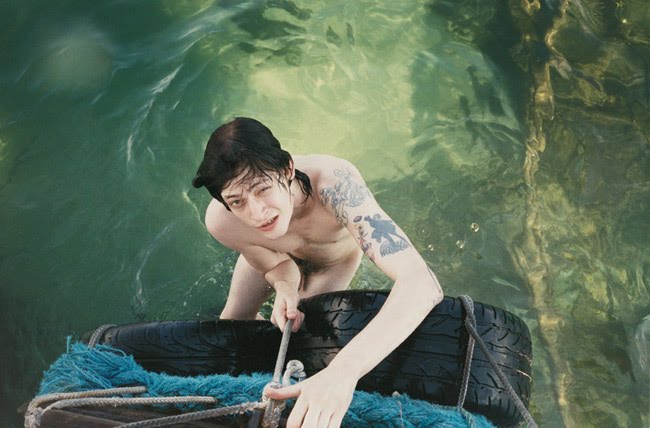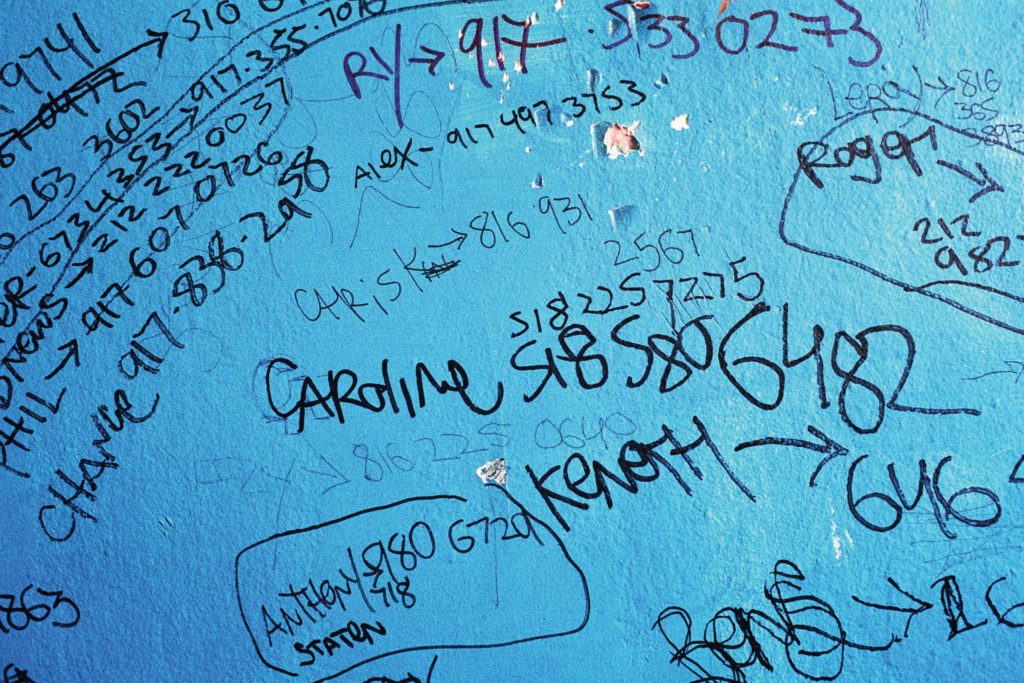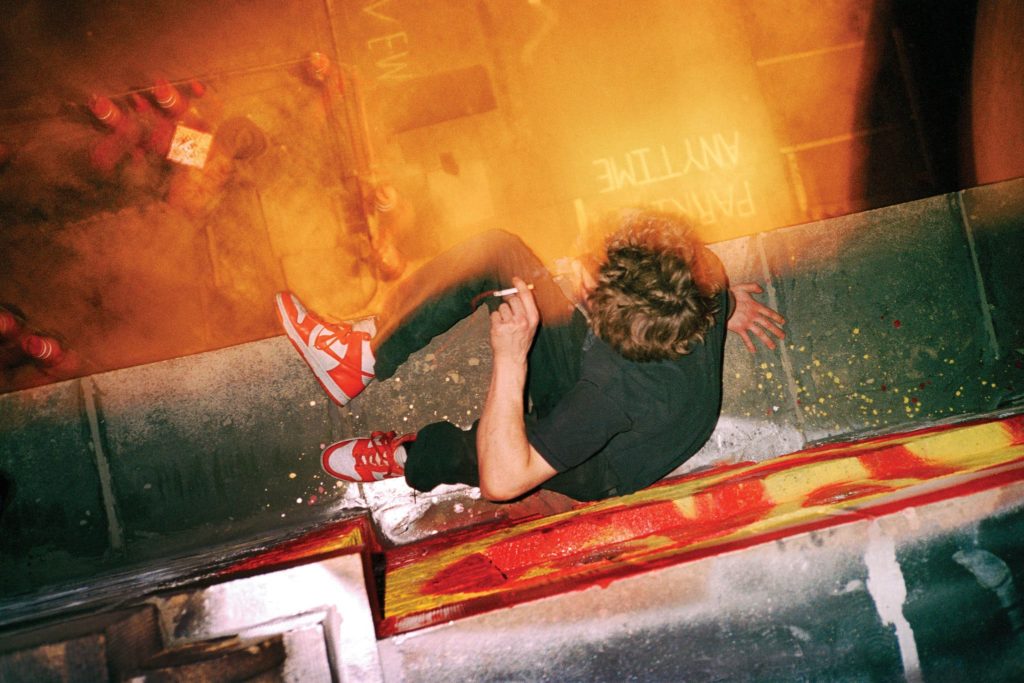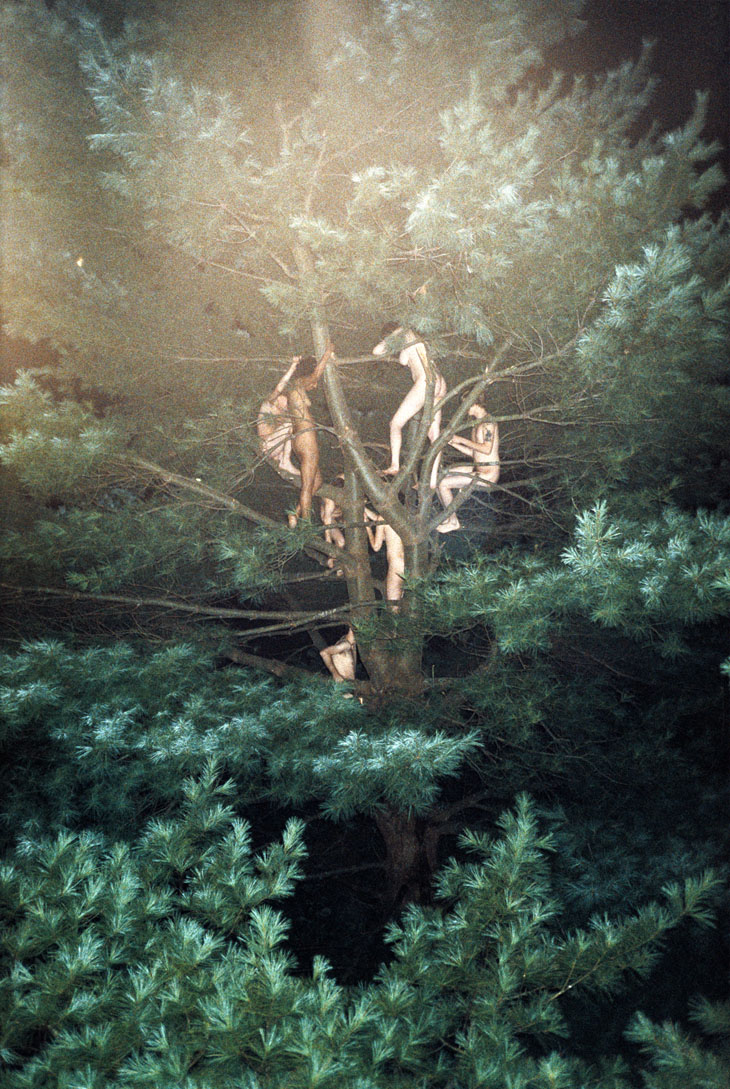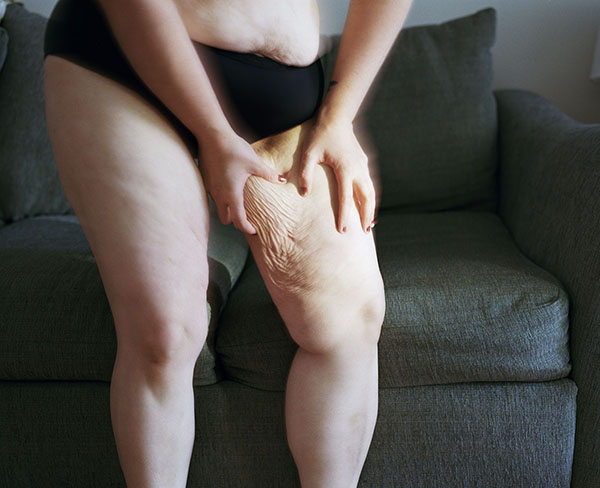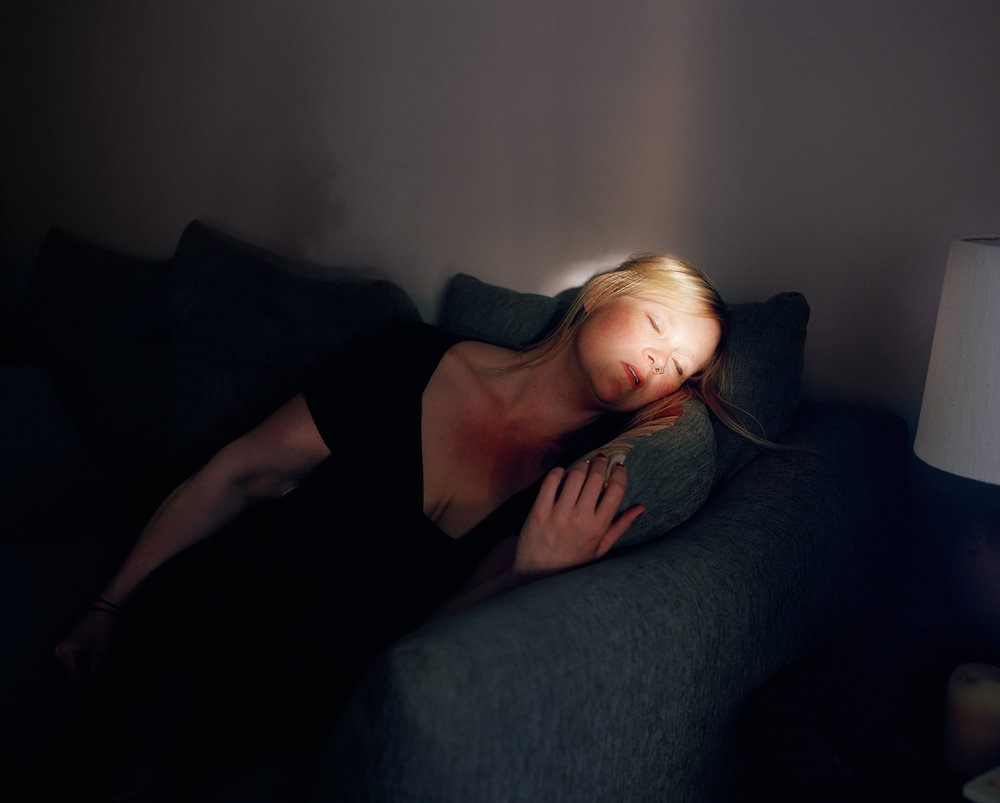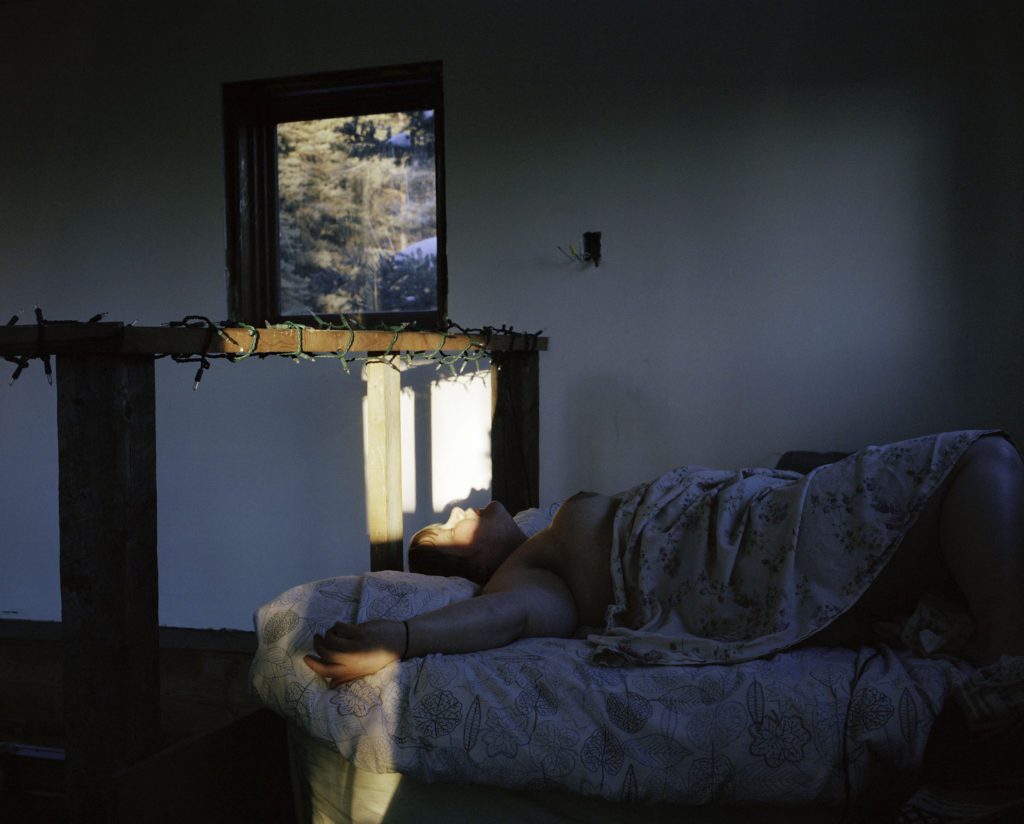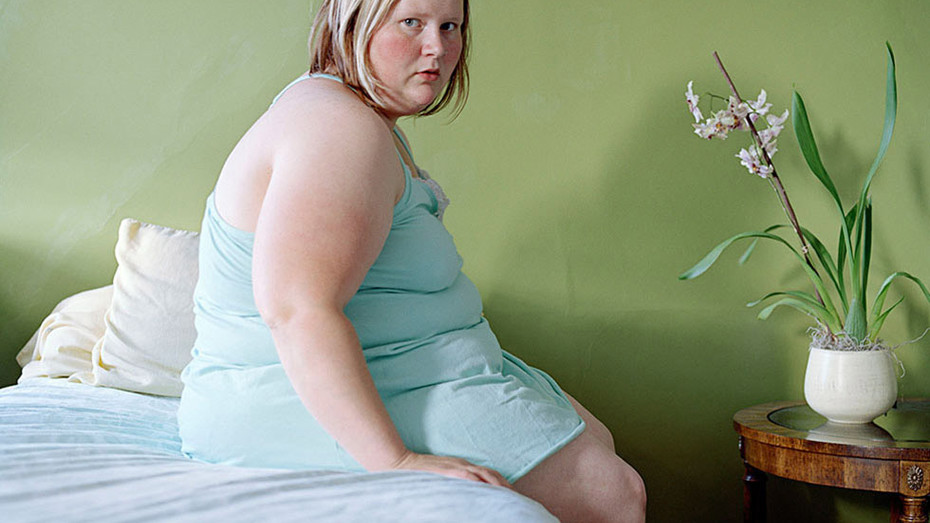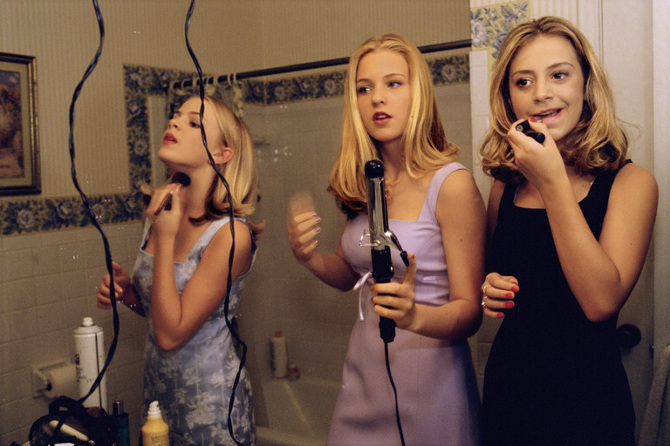Shannon O’Donnell was born in Jersey. She has completed her BA(Hons) degree in documentary photography at the University of South Wales.
She looks at the theme of gender, focussing on femininity and masculinity as gender traits. She aims to question and challenge society and the traditional views of gender using her work. Lots of her work is influenced by artists such as: Claude Cahun, Cindy Sherman, Casa Susanna and Clare Rae. Shannon has done a range of projects, including: That’s Not The Way The River Flows, a film on identity. Here They Stood, focussing on the Suffragettes. Susan’s Sleep, about Shannon’s personal experiences and By Your Bedside, a series of images complimenting Susan’s Sleep.
Claude Cahun, who was born as Lucy Renee Mathilde Schwob on October 25, 1894 was a French lesbian photographer, sculptor and writer. In 1917 Schwob adopted the pseudonym Claude Cahun, inytentionally selecting a sexually ambiguuous name. Cahun is best known for self portraits. Cahun was a surrealist photographer whose work explored gender identity and the subconcious mind. She is considered a ground-breaking artist who fully embraced her gender fluidity long before the term came into use. Cahun settled in Jersey in 1937 after the fall of the France and German occupation of the Channel Islands. Cahun and her lifelong partner and stepsister Suzanne Malherbe used their creative talents to manipulate to manipulate and undermine the authority. Cahun and Malherbe were members of a wealthy publishing family from Nantes in France. They became propagandists, producing anti-german fliers. In 1944 they were arressted and sentenced to death however their sentences were not carried out as Jersey was liberated in 1945. Cahun died December 8, 1954 as her health never recovered from her treatment in jail. Her work left a huge impression on photography and directly inspired contemporary photographers, including Cindy Sherman, Gillian Wearing and Nan Goldin.
A similarity between Shannon O’Donnell and Claude Cahun’s work is their ideas linking to gender. They do not conform to the stereotypes of society. Both artists use identity politics as part of their work, promoting their views on gender and how you can be whoever you choose. Gender should not define how you live in life. Both use self-portraiture to express their views in order to re-conceptualise gender.
‘Chimamanda Ngozi Adichie a Nigerian novelist is critical of modern masculinity, calling it a “hard, small cage” that forces men to hide emotion. “We teach boys to be afraid of fear, of weakness, of vulnerability,” she writes. “We teach them to mask their true selves, because they have to be, in Nigerian-speak – a hard man.”’ This supports Cahun and O’Donnel’s views on gender labels and shows how change is needed.
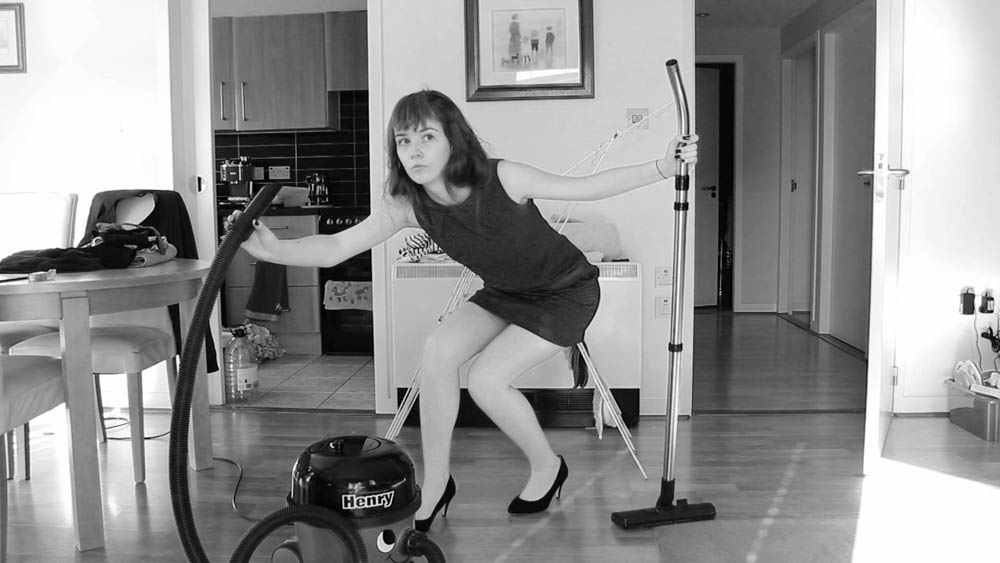
Shannon O’Donnell’s image above represents the struggles a woman faces. The position of the model in the center of the photo creates a focal point, with her stretched out trying to hold everything up. The stereotypes of women staying home and cleaning are represented with the heals symbolising how society perceive women. The use of black and white creates a serious tone, as it portrays a serious message. Similarly in Claude Cahun’s image below the use of black and white creates a serious tone. The mask represents society, hiding the true self. The mask being removed shows the break through as the model is not hiding behind it, but rather showing themself for who they are and being proud. This signifies the change being made, highlighting to society the importance of the ideas.













